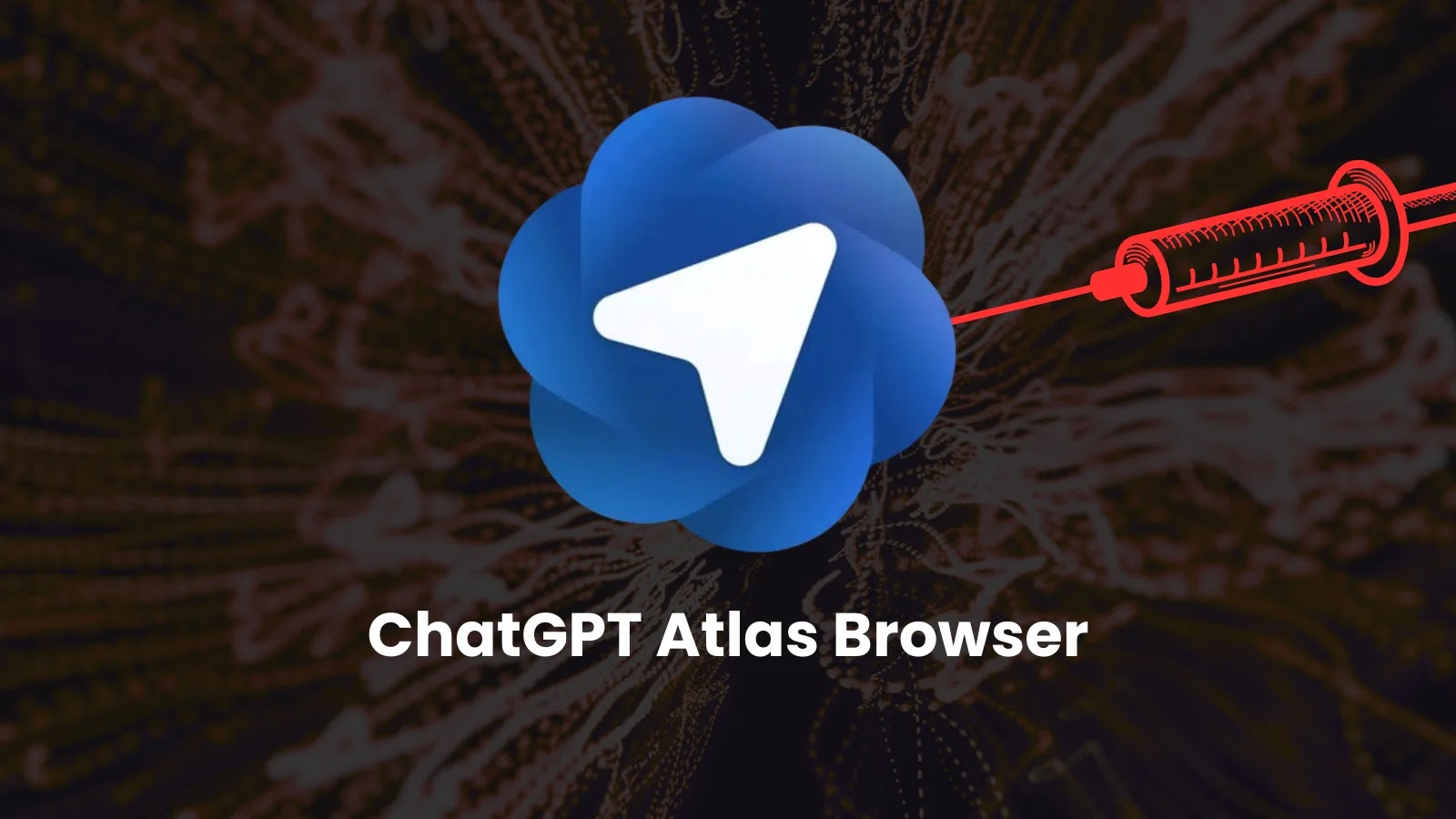
OpenAI Atlas Browser Vulnerability Allows Malicious Code Injection into ChatGPT
A disturbing new vulnerability has shaken the AI landscape, exposing users of OpenAI’s recently launched ChatGPT Atlas browser to significant risk. This critical flaw, independently discovered by cybersecurity research firm LayerX, allows attackers to inject malicious code directly into ChatGPT’s memory, potentially leading to remote code execution on user systems. For IT professionals, security analysts, and developers, understanding the mechanisms and implications of this vulnerability is paramount to safeguarding their systems and data.
The OpenAI Atlas Browser Vulnerability: A Deep Dive
The core of this vulnerability lies within the ChatGPT Atlas browser, a new offering from OpenAI. LayerX’s findings indicate that the flaw exploits a classic web vulnerability: Cross-Site Request Forgery (CSRF). CSRF attacks trick authenticated users into unwittingly submitting a malicious request, leveraging their existing, active session with a trusted web application. In this context, attackers can hijack an authenticated ChatGPT Atlas browser session.
Once hijacked, the malicious instructions are injected into ChatGPT’s memory. This is particularly alarming because it doesn’t just affect the browsing session; it can manipulate the very core of ChatGPT’s operations and potentially lead to devastating consequences, including remote code execution (RCE) on the user’s local machine. RCE grants an attacker full control over the compromised system, allowing them to install malware, steal sensitive information, or launch further attacks within an organization’s network.
Understanding the Threat: CSRF and Remote Code Execution
Cross-Site Request Forgery (CSRF): Often overlooked, CSRF remains a powerful attack vector. It works by exploiting the trust a web application places in a user’s browser. If a user is logged into ChatGPT Atlas, an attacker can craft a malicious web page that, when visited by the user, sends a request to ChatGPT Atlas using the user’s active session cookies. Because the request appears to originate from the legitimate user, ChatGPT Atlas processes it, allowing the injection of malicious instructions.
Remote Code Execution (RCE): This is the ultimate prize for many attackers. RCE allows an attacker to run arbitrary code on a target system. In the context of the Atlas browser vulnerability, successfully injecting malicious instructions into ChatGPT’s memory that subsequently lead to RCE means an attacker could execute commands on the user’s computer. This could range from installing ransomware or spyware to accessing and exfiltrating confidential files.
Escalating Risks in the AI Ecosystem
This vulnerability underscores a critical and escalating trend: the integration of AI tools with web browsers and other user-facing applications introduces new attack surfaces. As AI models become more sophisticated and more deeply embedded into our daily workflows, the potential for exploitation grows. The ability to manipulate an AI’s memory or execution environment through a browser vulnerability presents a novel and concerning avenue for cybercriminals. This highlights the need for rigorous security testing and vulnerability management in the rapidly evolving AI landscape.
Remediation Actions and Best Practices
Addressing this type of vulnerability requires a multi-faceted approach. While OpenAI is expected to issue patches, users and organizations must also take proactive steps.
- Keep Software Updated: Ensure your ChatGPT Atlas browser and operating system are always running the latest versions. Software updates frequently include security patches for newly discovered vulnerabilities.
- Exercise Caution with Links: Be extremely wary of clicking on suspicious links or visiting untrusted websites, especially while logged into sensitive applications like ChatGPT Atlas. Attackers often use phishing tactics to deliver CSRF payloads.
- Implement Multi-Factor Authentication (MFA): While MFA doesn’t directly prevent CSRF, it adds an extra layer of security, making it harder for attackers to maintain access even if a session is temporarily hijacked.
- Use Web Application Firewalls (WAFs): For organizations deploying AI applications or managing user access, WAFs can help detect and block malicious requests, including those indicative of CSRF attacks.
- Educate Users: Training users about the dangers of phishing, unpredictable links, and the importance of secure browsing habits is crucial in preventing client-side attacks.
- Monitor Network Traffic: Implement robust network monitoring to detect unusual activity or outbound connections from systems running the ChatGPT Atlas browser, which could indicate a compromise.
Relevant Tools for Detection and Mitigation
Several tools can assist in detecting CSRF attempts, scanning for vulnerabilities, and overall network security.
| Tool Name | Purpose | Link |
|---|---|---|
| OWASP ZAP | Web application security scanner, can detect CSRF vulnerabilities and other common web flaws. | https://www.zaproxy.org/ |
| Burp Suite | Leading web vulnerability scanner and penetration testing tool, essential for discovering and exploiting web-based flaws. | https://portswigger.net/ |
| Airlock Web Application Firewall | Protects web applications from a wide range of attacks, including CSRF, by filtering malicious traffic. | https://www.airlock.com/en/waw |
| Snort | Open-source network intrusion detection system (IDS) that can be configured to alert on suspicious network patterns potentially related to compromises. | https://www.snort.org/ |
Conclusion
The discovery of a critical CSRF vulnerability in OpenAI’s ChatGPT Atlas browser, leading to potential malicious code injection and remote code execution, is a stark reminder of the persistent and evolving threat landscape. Organizations and individual users alike must prioritize cybersecurity hygiene, remain vigilant against phishing attempts, and ensure all software is kept up-to-date. As AI becomes more integrated into our digital lives, understanding and mitigating these novel attack vectors will be crucial for maintaining a secure and trustworthy computing environment.





